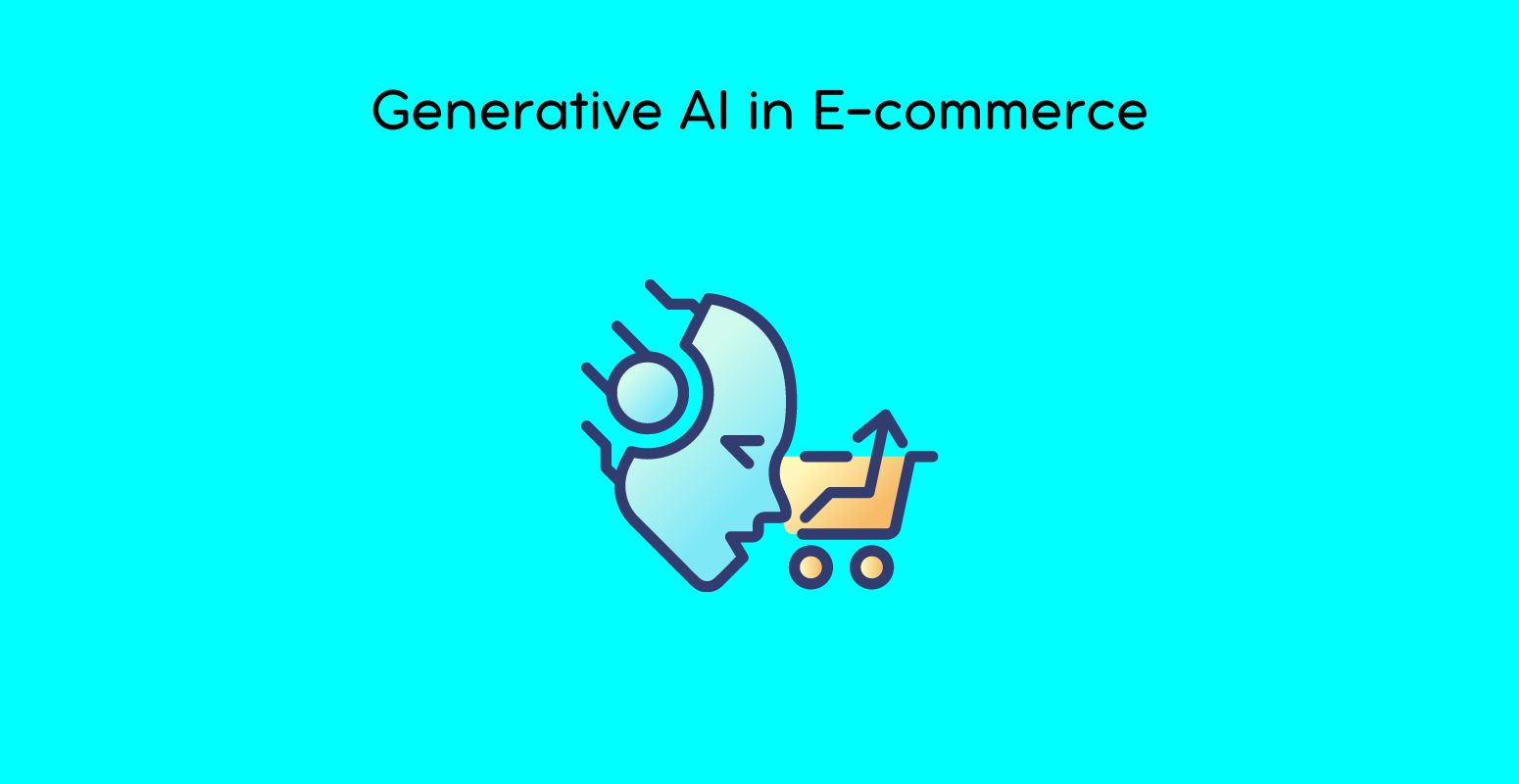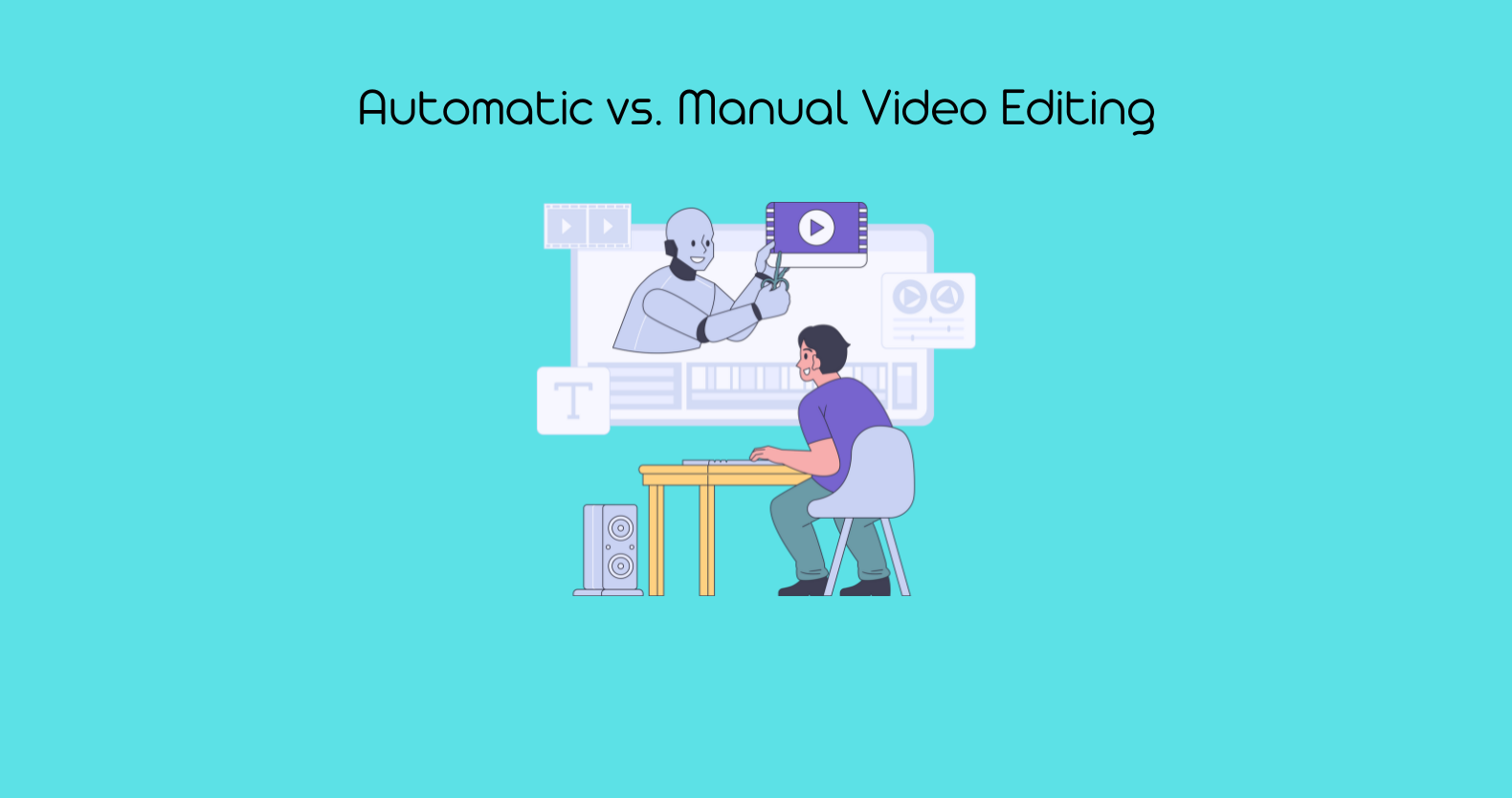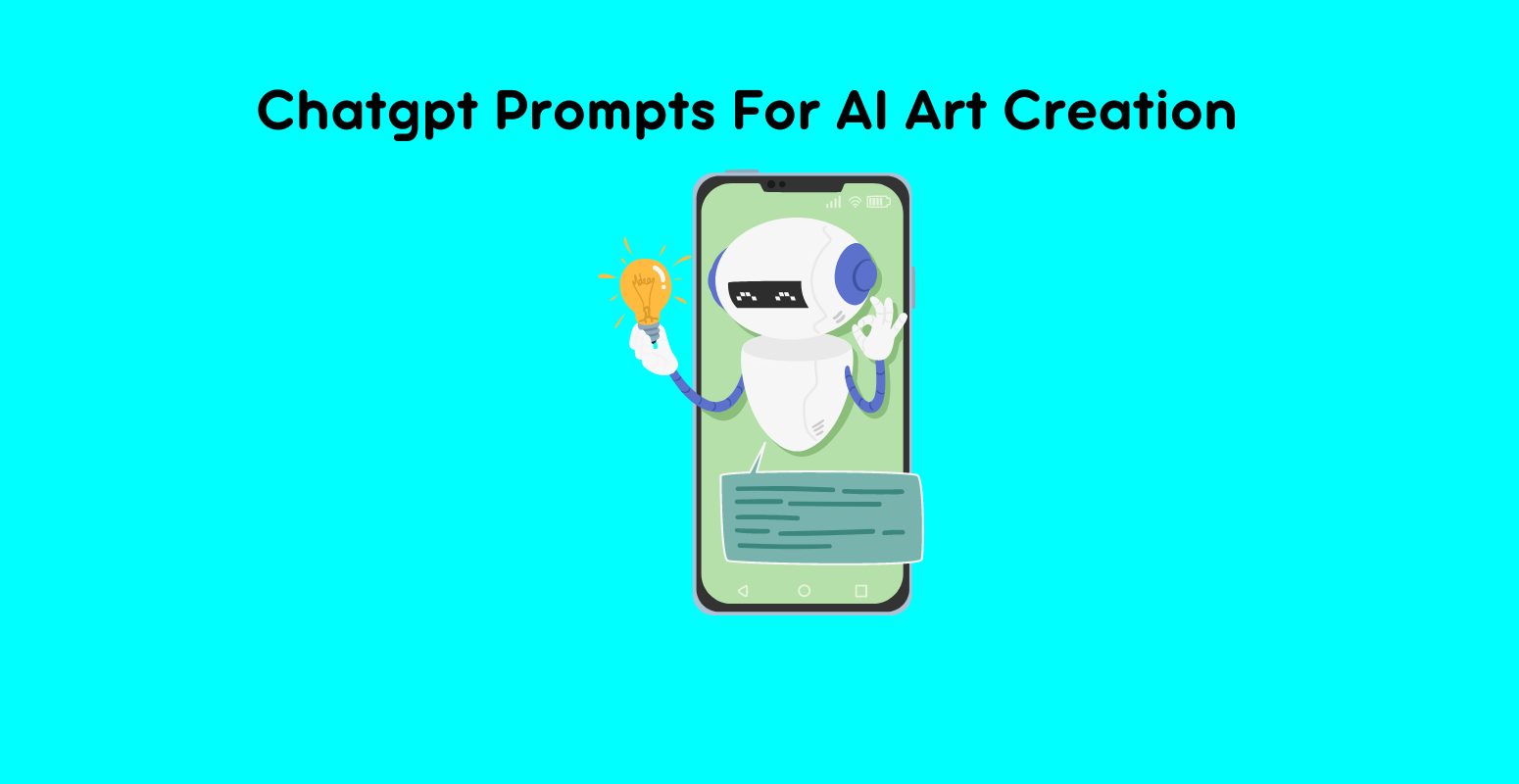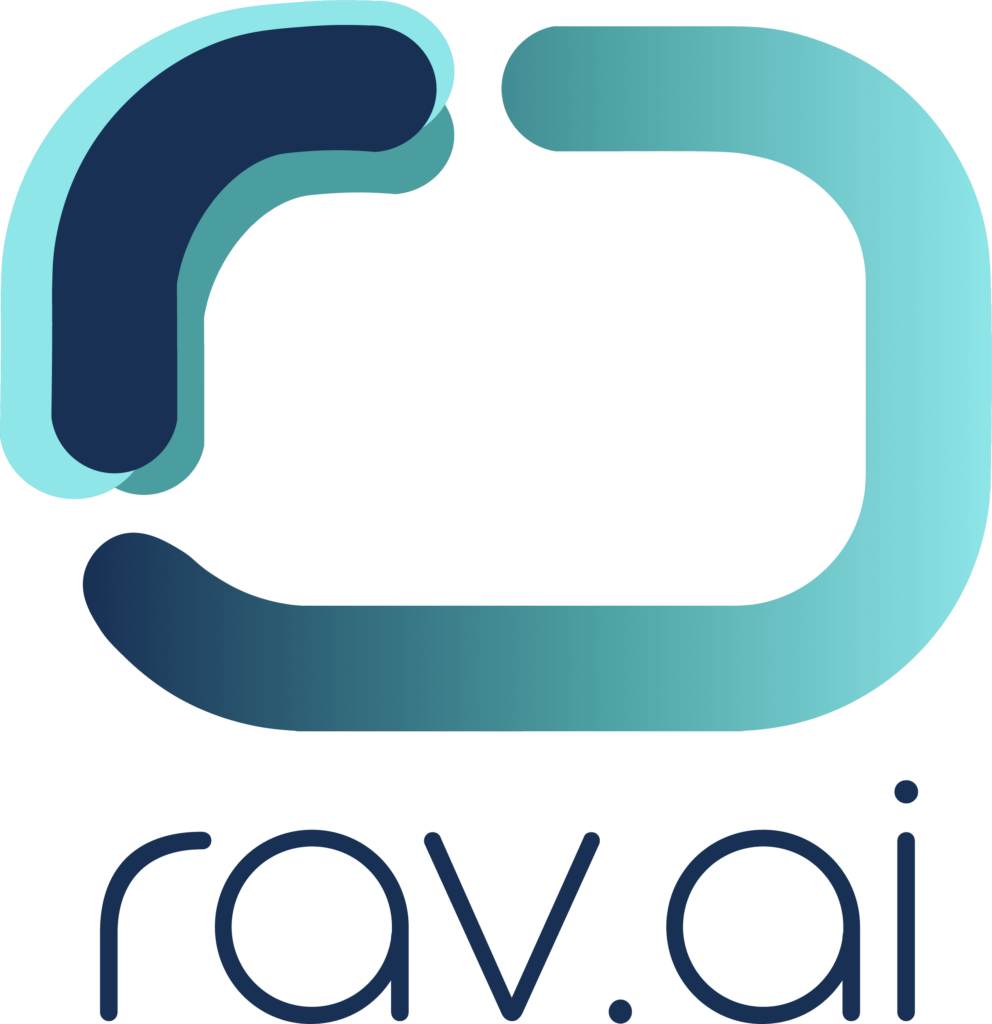Generative AI is transforming the e-commerce industry by enhancing customer experiences and driving sales growth. This cutting-edge technology uses advanced machine learning algorithms to analyze large datasets, enabling personalized shopping experiences, automating customer service, and providing valuable predictive analytics.
This guide highlights how AI is assisting the e-commerce industry and how top-tier e-commerce platforms have utilized it. So, let us explore it!
What Exactly is Generative AI?
Generative AI refers to a type of artificial intelligence that can create new content by learning from existing data. Unlike traditional AI, which focuses on recognizing patterns and making predictions, generative AI produces new data such as text, images, music, and more.
This technology uses sophisticated algorithms, particularly neural networks like GANs (Generative Adversarial Networks) and VAEs (Variational Autoencoders), to generate content that closely mimics human creativity. Generative AI is used in various fields, including art, music, content creation, and, significantly, e-commerce, where it enhances user experiences and drives innovation.
Role of Generative AI in E-commerce
1: Personalized Recommendations:
Generative AI in E-commerce helps by analyzing customer behavior and preferences to offer personalized product recommendations. It uses algorithms to predict what a customer might be interested in based on their browsing history, past purchases, and similar users’ behavior.
2: Content Creation and Marketing:
E-commerce platforms use Generative AI to create engaging content such as product descriptions, blog posts, and social media captions. AI can generate this content quickly and in large volumes, maintaining consistency and relevance to the target audience.
3: Customer Service Automation:
AI-powered chatbots and virtual assistants enhance customer service by providing instant responses to inquiries, handling common issues, and guiding customers through the purchase process. This automation improves efficiency and reduces response times.
4: Inventory Management and Demand Forecasting:
Generative AI algorithms analyze historical sales data, market trends, and external factors to predict future demand accurately. This helps E-commerce businesses optimize inventory levels, reduce overstocking or understocking, and improve supply chain management.
5: Enhanced User Experience (UX):
AI enhances UX by personalizing website interfaces, optimizing search results, and streamlining the checkout process. AI algorithms adapt to user preferences in real time, creating a seamless and intuitive shopping experience that increases customer satisfaction and loyalty.
Multiple Ways AI is Being Used in E-commerce
1: Visual Search and Image Recognition:
AI-powered visual search allows customers to find products using images rather than text. For instance, Pinterest uses AI to enable users to search for visually similar products. This technology helps customers discover items they like based on visual preferences.
2: Chatbots and Virtual Assistants:
AI-driven chatbots provide instant customer support and guidance. Sephora’s virtual assistant uses AI to offer personalized beauty advice and product recommendations through its chatbot. This improves customer satisfaction and reduces the workload on human customer service agents.
3: Predictive Analytics for Inventory Management:
AI algorithms predict demand and optimize inventory levels. Walmart uses AI to analyze historical sales data, seasonal trends, and external factors to forecast demand accurately. This helps in reducing stockouts and overstocking, thus optimizing inventory management.
4: Fraud Detection and Prevention:
AI enhances E-commerce security by detecting fraudulent activities in real time. Shopify uses AI to analyze transactions and identify suspicious behavior patterns, helping prevent fraudulent purchases and protect customer data.
5: Dynamic Pricing and Competitive Analysis:
AI enables dynamic pricing strategies based on market conditions, competitor pricing, and customer demand. For example, airlines use AI to adjust ticket prices in real time based on factors like demand and seat availability, maximizing revenue.
6: Customer Sentiment Analysis:
AI-powered sentiment analysis tools analyze customer feedback and social media posts to understand customer sentiment and preferences. For instance, Hootsuite uses AI to analyze social media conversations, helping E-commerce businesses to tailor marketing strategies accordingly.
7: Supply Chain Optimization:
AI optimizes supply chain operations by predicting disruptions and optimizing logistics. For example, Alibaba uses AI to predict shipping delays and optimize delivery routes, ensuring efficient supply chain management.
8: Voice Commerce:
AI-powered voice assistants enable voice commerce where customers can shop using voice commands. Amazon’s Alexa allows users to add items to their shopping carts and place orders using voice commands, enhancing convenience and accessibility.
9: Recommendation Engines for Content and Marketing:
AI-generated content and marketing recommendations help E-commerce businesses create targeted campaigns. Netflix uses AI to recommend movies and TV shows based on viewing history and preferences, driving engagement and retention.
How are Some E-commerce Giants Using Generative AI?
1: Amazon:
Amazon uses AI extensively for personalized product recommendations based on customer behavior and preferences. They also employ AI for dynamic pricing, fraud detection, and warehouse management to optimize logistics and delivery.
2: Alibaba:
Alibaba leverages AI for its online marketplace by using AI-powered chatbots for customer service, visual search for product discovery, and predictive analytics for inventory management and supply chain optimization.
3: Sephora:
Sephora’s virtual artist chatbot uses AI to provide personalized beauty advice and product recommendations based on customer preferences and skin type. This enhances the shopping experience and boosts sales.
4: Netflix:
While primarily a streaming service, Netflix uses AI for content recommendation engines. They analyze user behavior and viewing patterns to suggest personalized movies and TV shows, improving user engagement and retention.
5: Wayfair:
Wayfair utilizes AI for visual search capabilities, allowing customers to find furniture and home decor items by uploading images. This simplifies the shopping process and increases customer satisfaction.
6: Shopify:
Shopify integrates AI for fraud detection to protect transactions and customer data. They also use AI-powered analytics to provide insights into sales trends and customer behavior, aiding merchants in making data-driven decisions.
7: Pinterest:
Pinterest employs AI for visual discovery, allowing users to search for products similar to images they find on the platform. This feature enhances user engagement and drives traffic to E-commerce sites.
Role of Generative AI in Other Fields of Life
Generative AI plays a significant role in various fields beyond E-commerce, including video editing. In the realm of video editing, Generative AI algorithms are transforming the way content creators edit videos by automating tasks such as scene segmentation, object recognition, and even dialogue generation, making the process faster and more efficient.
One notable example of AI-powered video editing solutions is Rav.ai. It stands out as one of the best AI-powered video editing tools available today, catering to a wide range of users from beginners to professional videographers. Rav.ai utilizes advanced Generative AI techniques to enhance video editing capabilities, offering features like automated editing suggestions, scene transitions, and even AI-generated subtitles. This makes it a versatile tool for creating high-quality videos with minimal manual effort.
Rav.ai’s integration of Generative AI not only simplifies the editing process but also improves productivity by reducing the time spent on repetitive tasks. It exemplifies how AI is revolutionizing the video editing industry by democratizing access to sophisticated editing tools and empowering users to create compelling visual content more effectively than ever before.
Final Thoughts!
So, Generative AI is revolutionizing various fields, from E-commerce to video editing, by automating processes, enhancing customer experiences, and improving operational efficiency. In E-commerce, AI-driven personalization, dynamic pricing, and inventory management are transforming the shopping experience and driving business growth. Meanwhile, in video editing, tools like Rav.ai are democratizing access to advanced editing capabilities, making it easier for users of all skill levels to create professional-quality content.
As AI technology continues to evolve, its applications will expand further, offering new opportunities for innovation and competitive advantage across industries. Embracing these advancements allows businesses and individuals to leverage the power of AI, ultimately leading to improved outcomes and enhanced productivity in our increasingly digital world.








